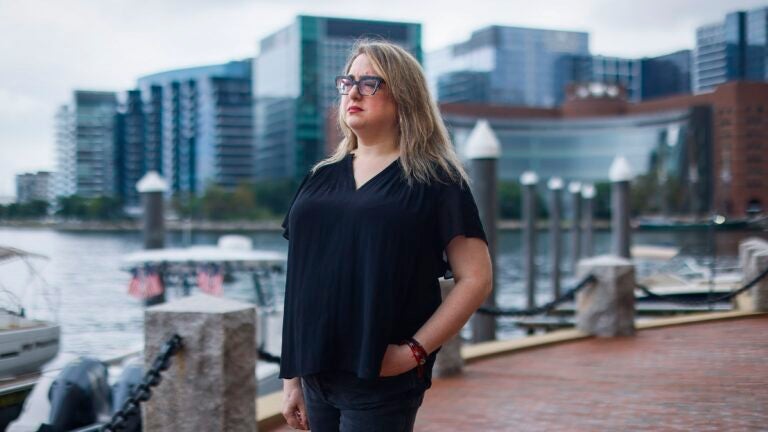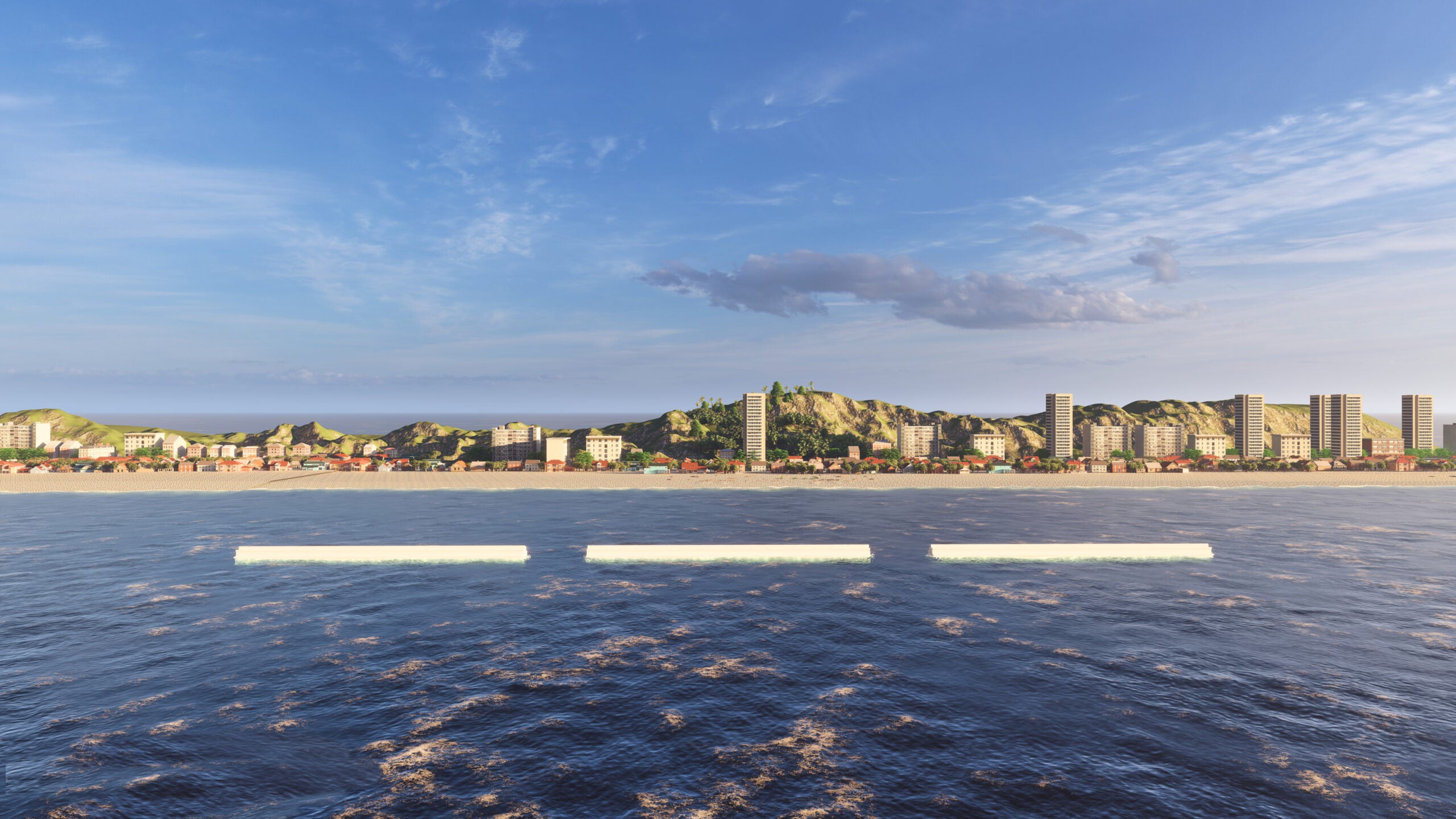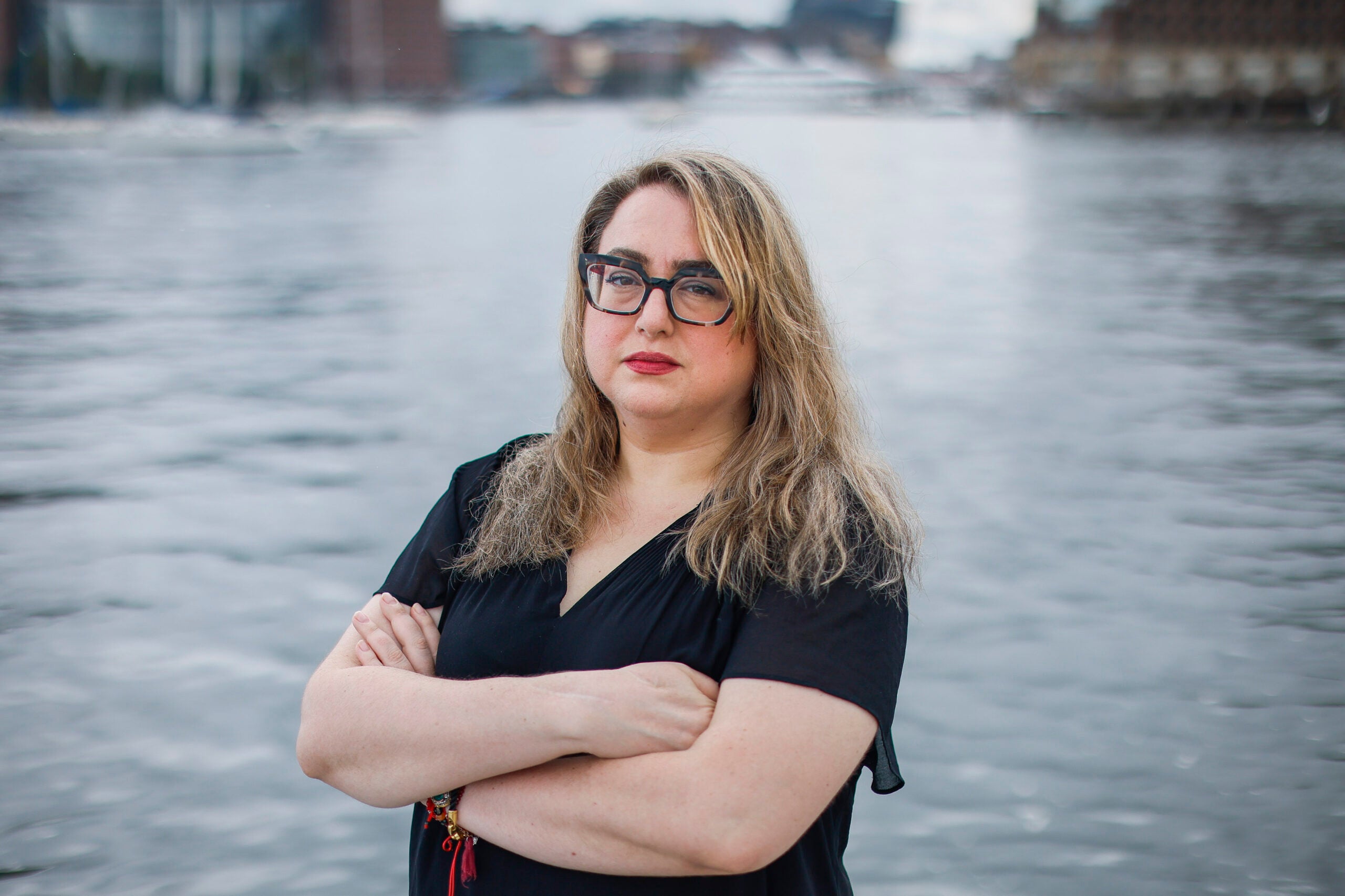The Boston Globe

In 2012, Hurricane Sandy ripped through Alex Berkowitz’s hometown of Rockaway Beach in Queens, N.Y.
Her community, a thriving neighborhood where children played on the street and the elderly walked their dogs, was suddenly coated in gray silt.
“It was a difference of night and day,” she recalled. “I remember thinking, I never want anyone to ever experience this.”
Eleven years later, her idea that formed in the aftermath of the storm has germinated into a company that aims to protect coastal areas from devastating storm surge. Berkowitz founded Coastal Protection Solutions, a company working on building Wavebreakers: structures floating offshore that act like a wave speed bump to decrease the height and velocity of destructive waves. She runs the company herself and has raised money from Harvard Innovation Labs as well as private funders. She wouldn’t disclose the total amount raised.
The idea of a wave-dampening apparatus is not new, but what is new is the purpose and the scale of the Wavebreaker. Floating breakwaters today are mainly used for lakes and marinas, while this structure is specifically built for the ocean and is to be used for climate-aggravated hurricanes and storms.
“For the last 70 years, the world has been focused on concrete barriers like concrete walls, which are not sustainable and cost millions of dollars and years to build,” Berkowitz said. “Traditional methods are obsolete, and we need to think out of the box if we’re going to continue to live on the coast in the future.”
If you had just looked at Berkowitz’s résumé four years ago, it would be hard to believe that someone with a bachelor’s degree in visual arts — and no background in engineering whatsoever — would design a technology that has the potential to protect entire swaths of vulnerable coastal communities. But her personal experience — particularly the feeling of shock after her community was hit by Hurricane Sandy — has been fueling her passion to keep going.
“I had a very strong vision for what it should be,” she said. “I started modeling it in a 3D model software and did tests in my bathtub with [3D-printed] models.”

As for her lack of experience as an engineer or biologist?
“I remind myself that Thomas Edison did not have any formal training or education in engineering,” Berkowitz said. “It was a mix of intuition and iteration that drove him to world-changing inventions.”
She applied to a master’s program at the Harvard Graduate School of Design with her idea in 2018. During her time there, with the guidance of several engineers, business experts, architects, and biologists, Berkowitz was able to design the Wavebreaker. Last year, she applied to join the Harvard Innovation Labs and soon after she won the Harvard President’s Innovation Award. She also visited the Netherlands last summer to tour flood-protection sites and met with Delft University of Technology experts and other leaders in coastal flood mitigation.
So far, Coastal Protection Solutions has designed the technology — 300-foot wide rotating cylinders, half submerged in water — and will begin testing its first prototype this fall at a flume facility at the University of Oregon. The structures require no power, instead operate using simple mechanical principles. When a large wave hits the Wavebreaker, the structure bears the brunt of the wave, which rolls over the grooves and panels of the structure, ultimately dissipating the wave. The technology is patent-pending.
Rebekah Emanuel, the head of Harvard’s Entrepreneurship Circle, said that Coastal Protection Solutions has huge potential because of the structures’ low cost and applicability. Each is estimated to cost $80,000, with a yearly maintenance fee varying on the size of the installation. For a city like Boston, that fee would be approximately $50,000. That’s significantly cheaper than other measures of flood mitigation like The Big U project in New York ($1.5 billion) or the 20-foot-tall sea wall in Miami ($6 billion).
“Adaptation is not an easy area to work in,” Emanuel said. “Alex’s solution is sort of incredible because it is orders of magnitude cheaper, you can manufacture it quickly, you can deploy it quickly, and one of the things that I think matter the most is that you can move it to new areas around the coast as risks change.”
Emanuel also highlighted how Berkowitz’s experience equips her to approach these problems from a fresh angle.
“She is a woman in a field that traditionally has very few women,” she said. “She brings a very cross-sector set of insights and perspectives. She’s not thinking about it just as an engineer or just as a municipal planner, or just as an environmentalist.”

Harvard Entrepreneurship Circle’s 2023 cohort, which includes Berkowitz, has two-thirds of its teams led by women or people of color. That diversity matters, Emanuel explained, when climate solutions are designed to help people across cultures and countries.
Berkowitz envisions her primary customers to be municipalities who are investing in protecting their coastal areas. For now, she is beginning to reach out to state and local governments in coastal New England about installing the Wavebreaker along their coastlines. Berkowitz has also been invited to present her project at the Clinton Global Initiative later this month.
“I feel that we are at a critical time in human history where we have done so much damage to the planet that some of that is irreversible,” she said. “But it is up to humans to come up with solutions so we can continue to live with a semblance of normalcy. Now is the time to think big.”
And big this project will be. Her plan is to begin installing the technology along the East Coast and the Gulf of Mexico, and then expand overseas to coastal areas in Asia and West Africa. Berkowitz envisions Coastal Protection Solutions someday protecting a third of global coastlines, installing approximately 2.2 million Wavebreakers. She doesn’t think these are ambitious goals for a structure that has yet to be tested, because climate change becomes an even more urgent problem with every passing day.
“We plan to be operational in 2024 with three cities,” Berkowitz said. “By 2028 we will be in 60 cities, and by 2032 we want to be the worldwide leader in flooding reduction.”
Coastal Protection Solutions also aims to integrate a way to capture wave energy into the Wavebreakers, effectively making them a dual purpose machine: dissipating strong waves and producing clean energy.
Chris Ross, the operations manager at the Mooring Lab at the Woods Hole Oceanographic Institute met Berkowitz when she introduced her proposal to him in 2019. He says he was immediately struck by her passion.
“I think it has potential, and it seems like I’m not the only person believing that, with the kind of support she has received,” he said. “It seems as though there’s a chance that this could really work out well.”
